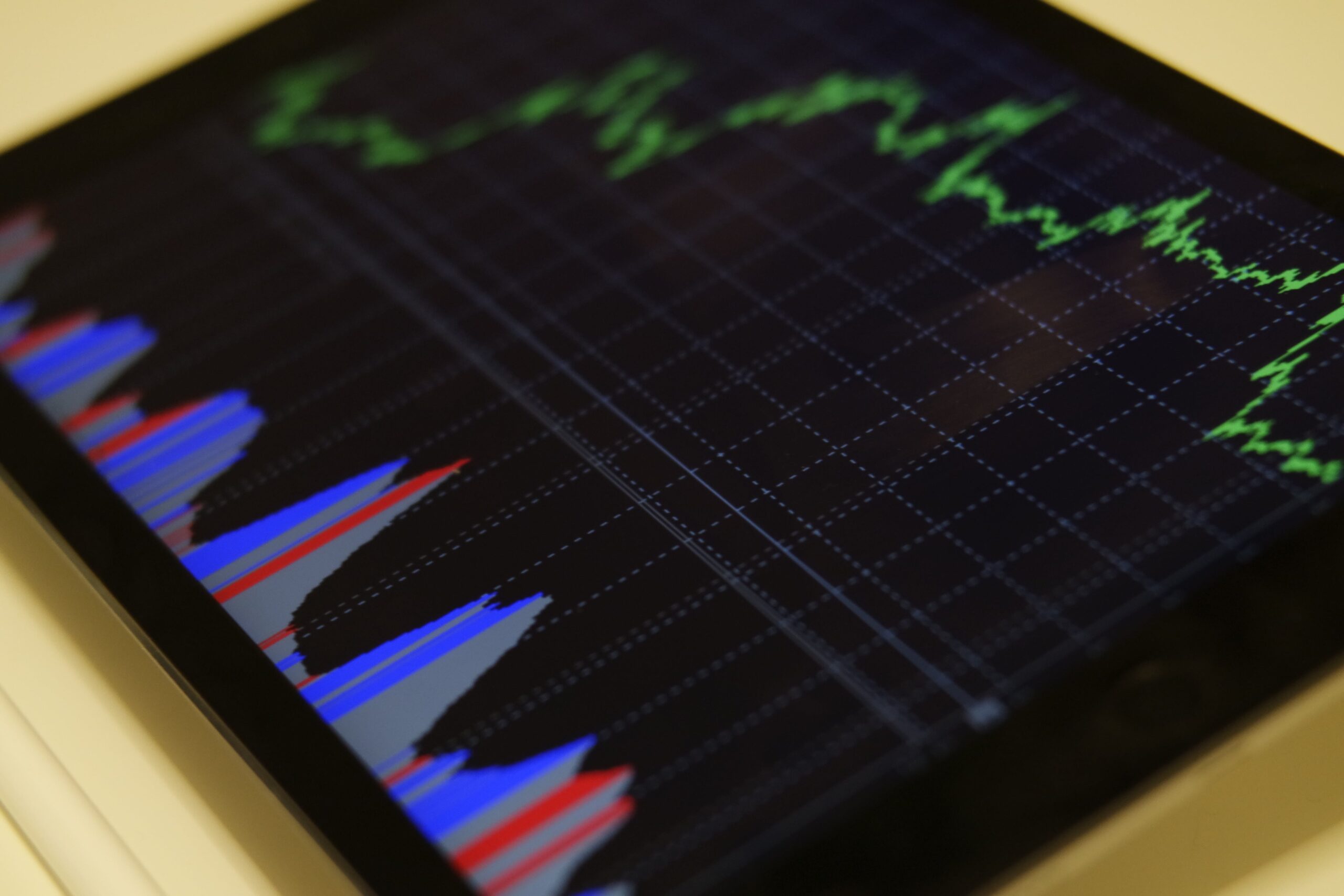21 December 2023

Today artificial intelligence has proved vital in analysing large amounts of information and identifying patterns that would otherwise be difficult for humans to see. Such use has led to breakthroughs in the fields of genomics, drug discovery as well as predictive and market analytics. AI is also able to increase actionable connections amongst data sets and deliver deeper customer segmentation which in turn provides greater accuracy regarding an individual patient’s behaviours and interests.
Current Market Analytics Landscape
Today market research and AI has been used to evaluate individual patient records and predict the likelihood of disease based on previous information and family history. This system reports on large amounts of data and creates rules that connect specific observations to full diagnoses. Electronic health records today present the challenge of turning the data given into actionable and useful information. So far, predictive modelling has achieved up to 72% accuracy in predicting treatment responses at baseline.
Life sciences companies currently make 45% of their tech investments in cloud computing, and more relevantly in industrialised machine learning and applied artificial intelligence. Machine learning is a form of AI in which computers learn through experience. Machine learning algorithms usually analyse large amounts of data and then optimise themselves to form a specific task automatically. Machine learning is at the core of AI and permits computers to learn and evolve from experience – its key benefits is that it can do this without actively being programmed.
Increased computing power, AI and market analytics are expected to broaden the adoption of computer simulation (in-silico) in trials and capitalise on the massive growth in patient data and the emergence of new technology. The end result is to streamline and automate research processes.
Challenges and Considerations
One of the biggest challenges with AI is its requirement for high-quality and large amounts of data. Due to fragmentation across numerous electronic health records and different softwares, collating patient information and images to test AI can become somewhat challenging.
Furthermore there have been numerous instances of underlying bias in machine learning algorithms with some studies finding significant discrepancies when it comes to race, women and minority populations.
In May 2022 Deloitte underlined the need to reevaluate long-standing algorithms and asked the question as to whether race is even justified with such big data.
In spite of the fact that AI has been accurately used to diagnose conditions and recommend treatments, a whopping 60% of Americans still said they would be uncomfortable if their healthcare provider relied on AI during diagnosis or treatment.
Finally, recent developments in AI have initiated fears about threat to jobs in many industries including healthcare. There has been now a visible shift from looking for talent with the correct educational experience to looking for specialised training that can work in conjunction with AI.
Privacy
Many AI tools are developed in academic centres, however partnering with the private-sector is often the only way to make the market research commercial. These partnerships have led to many instances of poor protection of privacy and patients were not always privy to how their information was being used or informed about how privacy breaches can impact them.
Third-party vendors and healthcare companies are also vulnerable to attack and the most expensive data breaches can cost an average of $11 million according to IBM Security.
Real World Examples
The University of Alabama has currently developed an AI system to help in the diagnosis of heart failure with the system using machine learning algorithms to analyse patient data including vital signs, lab results and electronic health records ultimately providing a diagnosis and supporting treatment decisions.
The University of California has implemented AI in supporting the diagnosis of sepsis. The system aims to provide a diagnosis within hours of a patient being admitted to hospital and one of the key advantages is its ability to reduce the time to diagnosis which can help prevent organ damage.
In radiology, AI systems are also used analyse medical images and identify potential conditions like lung cancer. This is also seen in cardiology where AI looks at electrocardiograms and assists with diagnosis.
Trends that will have a massive impact on the adoption of AI include the growing need for reduced healthcare costs, the growing value of big data in healthcare as it becomes more accurate, and the continual declining prices of hardware involved in artificial intelligence.
Conclusion
Market analytics and AI are transforming the healthcare industry and revolutionising patient care, diagnosis, drug developments and facilitating with administrative tasks. It is the AI’s sheer ability in dealing with such vast amounts of data, recognising trends, patterns and making predictions that is core to the cause of further harnessing AI for advanced market analytics in healthcare today.
Related Articles

Beauty Reimagined: Leveraging Market Research for Success in the Cosmetic Surgery Industry

Case Study: Data-Driven Location Selection for a New Luxury Assisted Living Development

From Expectations to Satisfaction: The Key Factors That Drive Customer Loyalty in the Healthcare Sector
To Speak to an Expert About Our Services
